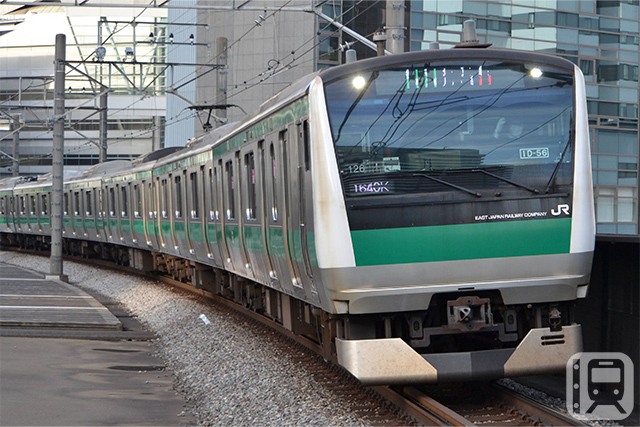The Ministry of Land, Infrastructure, Transport and Tourism of Japan (MLIT) has released the results of its annual survey to gauge train congestion during commuter and school hours, revealing that average congestion rates have increased compared to last year in all three major metropolitan areas.
A gradual recovery from the sharp decline during the COVID-19 pandemic
The survey was calculated based on passenger numbers from October to November 2024, covering the peak hour of the most congested sections. Average congestion rates for 31 major sections in the Tokyo area, 20 sections in the Osaka area, and 8 sections in the Nagoya area are continuously collected for historical comparison. The average congestion rate for 2024 was 139% in the Tokyo area, a 3-point increase from last year’s survey. The Osaka area (116%, +1 point year-on-year) and the Nagoya area (126%, +3 points) also saw increases. Incidentally, a 100% train congestion rate refers to a train filled to capacity with enough passengers to sit in a seat or hold on to a strap in front of a seat or a pillar near the door.
Comparing passenger numbers during peak hours to pre-COVID-19 levels, in 2020, when traffic restrictions and teleworking had a major impact, passenger numbers in the Tokyo area plummeted to 65% of the previous year. Since then, they have been recovering, reaching 81% of 2019 levels in 2024, but this is still around 20% lower than pre-COVID-19 levels. Compared to pre-COVID-19 levels of over 160% congestion, passenger numbers are now at a comfortable level, but congestion rates are rising year by year, and railway operators who have been adjusting their transport capacity by reducing service numbers and other measures may be forced to reconsider their policies. In the Osaka and Nagoya areas, where the decline in passenger numbers during the COVID-19 pandemic was less severe than in the Tokyo area, passenger numbers in 2024 have recovered to around 90% of 2019 levels.
Eight JR East sections experience congestion rates exceeding 150%
The most congested lines and sections in the Tokyo metropolitan area are the Tokyo Metro Hibiya Line between Minowa and Iriya stations, and the JR East Saikyo Line between Itabashi and Ikebukuro stations on suburban routes, both of which experience congestion rates of 163% during the morning rush hour. Eight JR East sections experience congestion rates exceeding 150%, including the Chuo Rapid Line between Nakano and Shinjuku stations (161%) and the Keihin-Tohoku Line between Kawaguchi and Akabane stations (156%). A 150% congestion rate is defined as “a large number of people near the doors, but shoulders do not touch.” Anything above that creates a sense of pressure and makes riding uncomfortable.
In the Osaka metropolitan area, familiar lines rank highly for congestion rates every year, including the Osaka Metro Midosuji Line between Umeda and Yodoyabashi stations (139%) and the Hankyu Kobe Main Line between Kanzakigawa and Juso stations (141%). Hankyu Railway revised its timetable in February 2025 to shorten commuter express trains on the Kobe Line, which have previously operated with 10 cars, to 8 cars, and attention will be focused on how this will affect next year’s survey. In the Nagoya area, congestion is high on the Nagoya Municipal Transportation Bureau (municipal subway) Higashiyama Line between Nagoya Station and Fushimi Station (135%), and the Nagoya Railroad (Meitetsu) Nagoya Main Line between Jingumae Station and Kanayama Station (140%), and some lines are showing worse congestion than before COVID-19, such as the JR Central Chuo Main Line between Shin-Moriyama Station and Ozone Station (129%, 120% in 2019).






